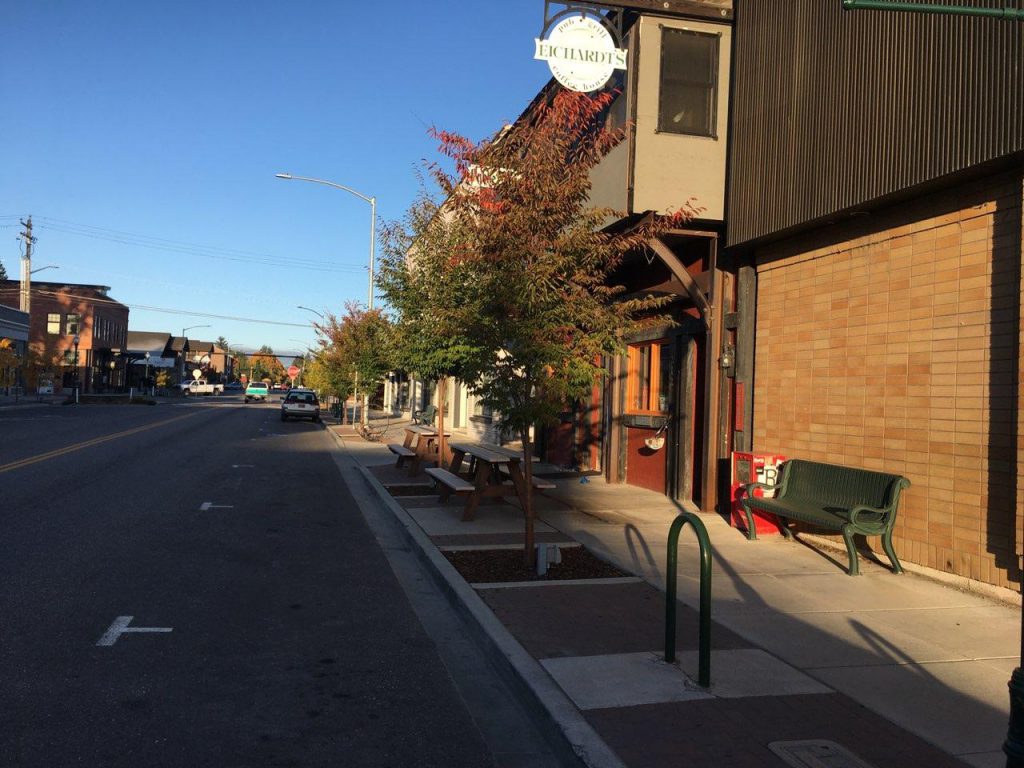Consider Allergies Before You Plant

Approximately 50 million people suffer from seasonal allergies each year and approximately $18 billion is spent each year on addressing allergies (CDC 2018). All tree species produce pollen, but some produce much more than others. Trees that are wind-pollinated, like conifers, produce much more pollen than insect pollinated trees, like tulip trees (Liriodendron).
Much of our issues with allergies in our cities comes down to our tree selection and planting location. The recent trend of selecting male trees to avoid fruits falling on sidewalks has resulted in the planting of heavy pollen producing male trees.
Thomas Leo Ogren developed the Ogren Plant Allergy Scale (OPALS) in 2000 to classify trees by their pollen, contact, and odor allergy levels. When you plant, consider planting female trees or trees with a low pollen rating on the OPALS pollen rating scale.
Some tips on selecting allergy-friendly trees:
- Select Trees that with a OPALS rating of 5 or less (female red maples, female ash)
- Plant female-bearing plants to reduce the amount of pollen (Avoid female ginkgoes)
- Restrict outdoor activity during days that are windy with low humidity
- Shower after working outdoors to remove pollen from skin and hair.
For more resources on allergy sensitive trees please read this publication from the University of Florida here or the University of Nevada-Reno here.

